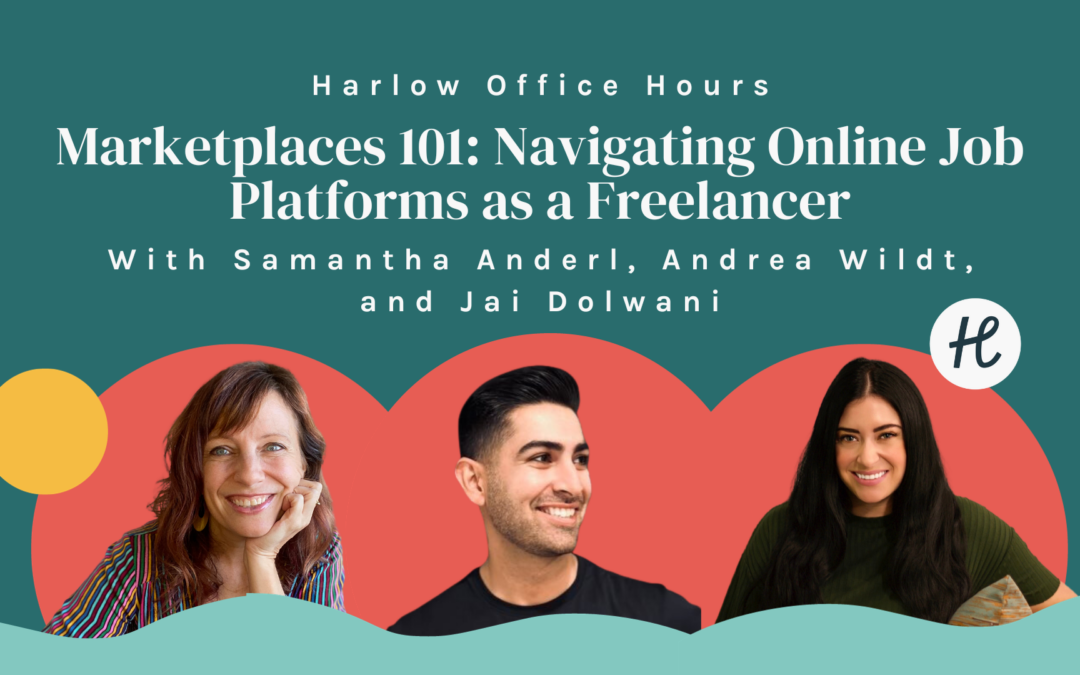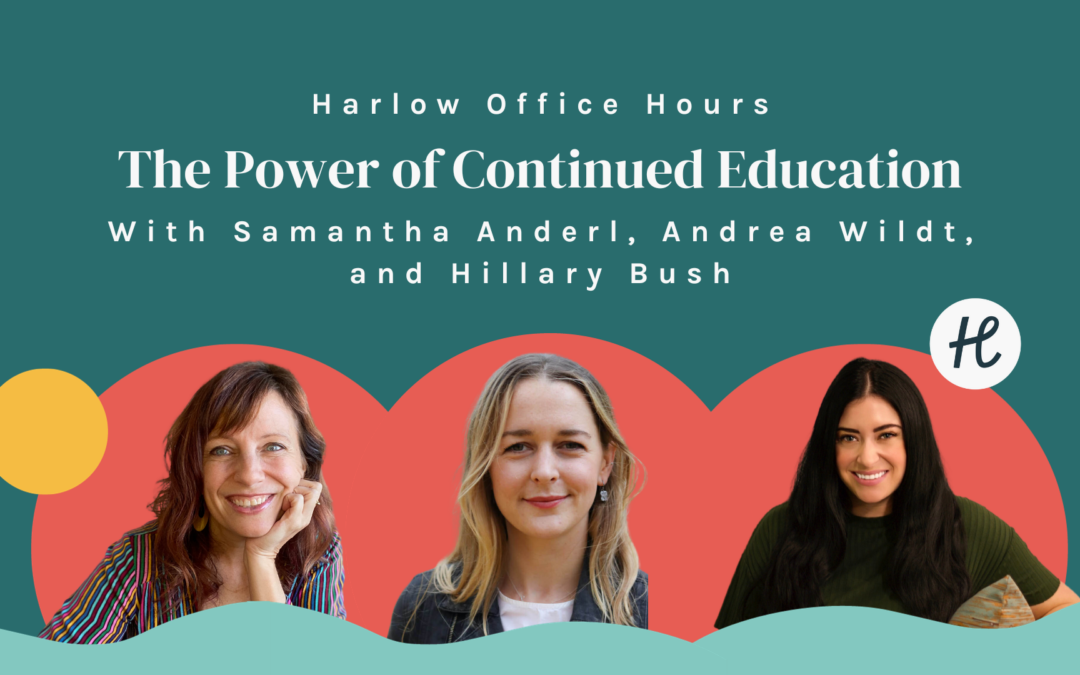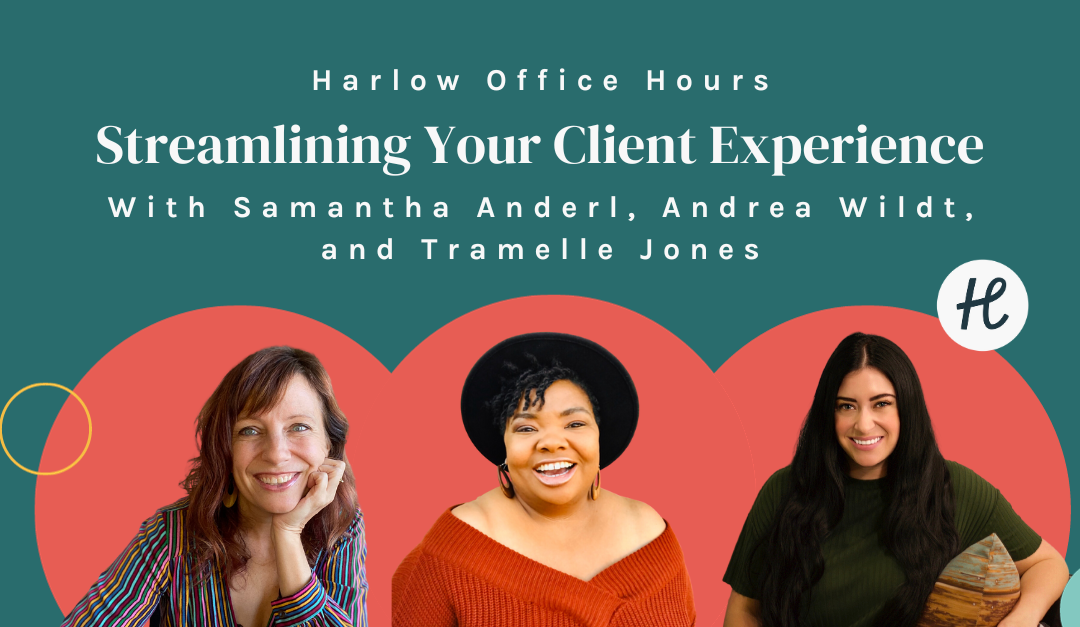
Why Freelancers Should Care About Branding
Nowadays, given the competition in nearly every industry, it’s essential for freelancers and companies to put extra effort in to stand out in a crowd. Branding helps you carve a unique identity and perception in the minds of consumers through visual elements, intentional content, and messaging.
This is why companies invest heavily in branding-related efforts. Case in point, many companies rely on brand managers. These professionals provide expertise and guidance to help create a distinct identity and build credibility. Their ability to understand the market, create effective marketing strategies, and maintain a consistent image is essential for long-term success.
But branding is not only limited to larger companies. It’s also helpful for solopreneurs in light of the freelance sector’s growth. To date, there are over 70 million freelancers in the U.S., and this number is expected to exceed 90 million by 2028. While that might sound daunting, investing in a freelance career is sure to reap plenty of benefits. Here are the most important ways branding can help you succeed with your freelance business.
Make your online presence stand out
First and foremost, branding helps you create a unique identity and differentiate yourself from your competition. A consistent and visually appealing brand image makes you easily recognizable and memorable. Plus, it enhances your professionalism and credibility. In today’s freelancing landscape, clients are seeking professionals who can deliver high-quality work consistently, and good branding helps showcase your best and most relevant work.
Moreover, branding helps you communicate your values and humanize yourself. Often, clients aren’t just looking for someone to complete a task — they also want to connect with you as a person. According to a study on consumer shopping habits by Stackla, 83% of consumers consider authenticity in brands they decide to support. By leveraging authentic branding and sharing your story, you can foster a genuine connection with your audience.
Attract your ideal client
Using targeted messaging and niche positioning is a powerful strategy if you’re seeking specific clients. By developing a brand that speaks directly to the needs, interests, and values of a particular niche, you can effectively draw in your target audience.
Tapping into cultural and societal trends helps with this too. That might mean speaking up about social issues that are important to both you and your audience. This is particularly important, as 64% of consumers around the world say that knowing a brand’s stance on current issues helps them decide between buying and boycotting, according to a survey by Edelman.
Justify setting higher rates
Good branding can help you demonstrate a consistent track record of success and satisfied clients, which in turn creates a strong argument for higher rates. When you portray a solid reputation, it enhances your perceived value. You can do this, in part, through careful attention to detail — a well-designed logo, a professional website, and compelling market materials. These all contribute to a cohesive and polished brand image, suggesting professionalism, reliability, and a commitment to quality. With consumers now seeing the value of quality over quantity, according to WGSN’s Future Consumer 2025 report, clients are more likely to be willing to pay a premium for the perceived quality and expertise that a brand represents.
Because pricing can be difficult for many freelancers, reporting by financial analysts can be helpful when developing a brand. Consider factors such as market demand, inflation, and competitor pricing when setting your rates.
Great branding isn’t just about appearances. It’s how you communicate your identity, your values, and your worth. Be sure to put some extra love and attention into yours. You won’t regret it.






Recent Comments